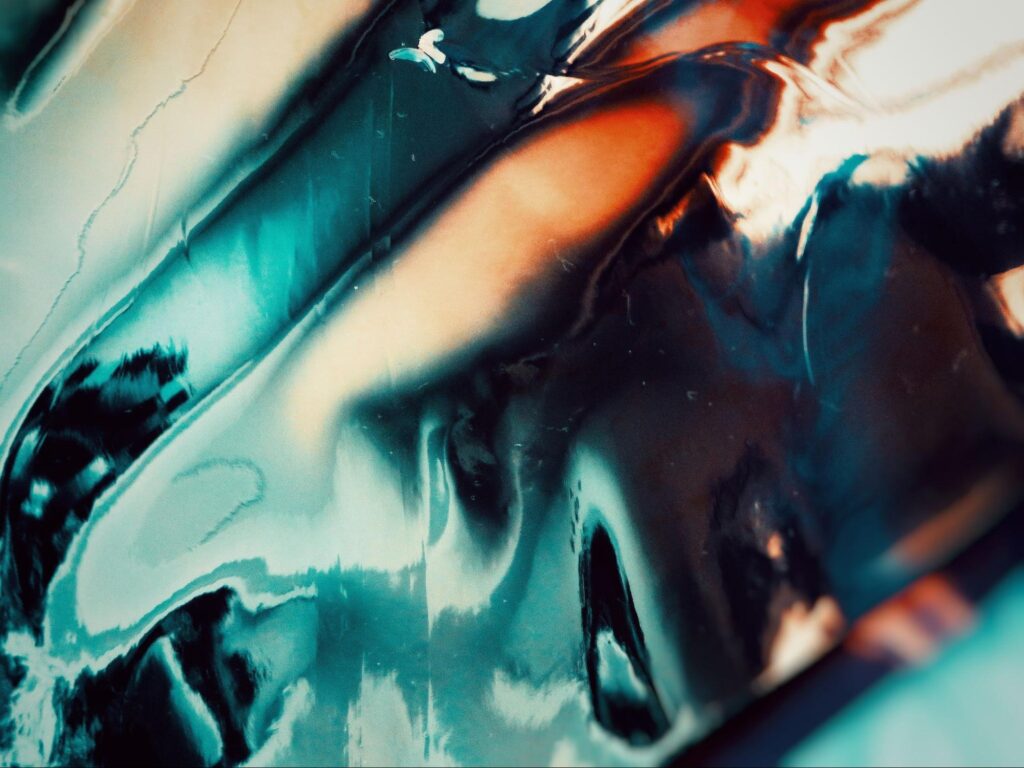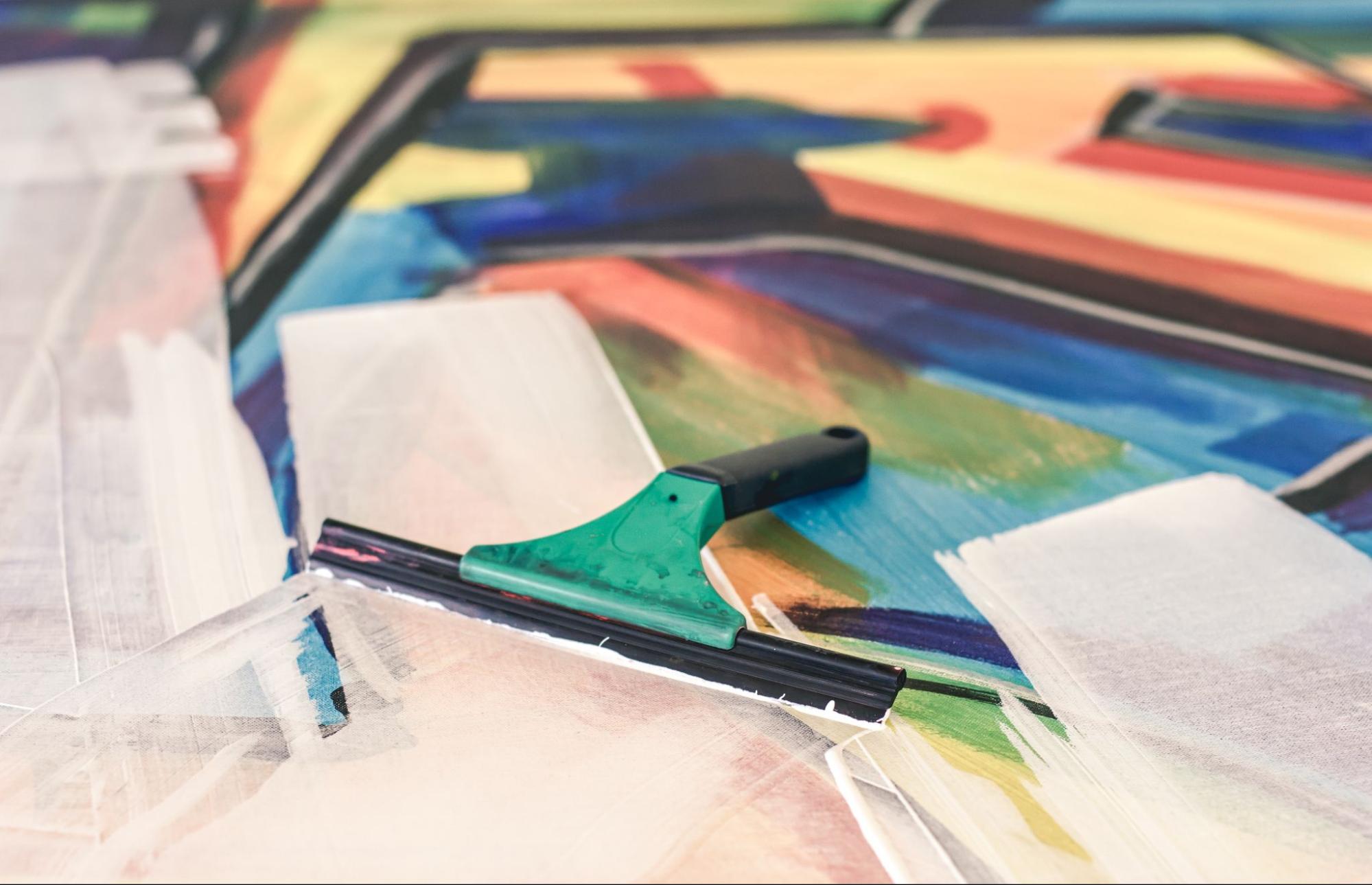
What Happens if you Paint Over Semi Gloss Without Sanding
Ever wondered what happens if you paint over semi-gloss without sanding? Well, I’ll be the first to tell you that it’s not a pretty sight. You might think you’re saving time and effort by skipping this crucial step, but trust me, it can lead to more harm than good.
When we dive into the world of painting and home improvement projects, one thing becomes crystal clear – preparation is key. Sanding before painting is like laying the groundwork for a masterpiece. When this process is overlooked or disregarded when dealing with semi-gloss surfaces, the results can be less than desirable.
Skipping proper surface prep invites unwanted challenges such as peeling paint, lumpy surfaces, and overall poor adhesion. These are just some of the dangers of painting over semi-gloss without sanding. It’s an outcome no one wants after investing their time and resources in a paint job.
Understanding Semi Gloss Paint
Let’s dive right into the world of semi-gloss paint. It’s a type of paint that has become increasingly popular in home decorating and refurbishing projects, and for good reason. This specific type of paint is renowned for its high shine and durability, making it an ideal choice for areas in your house that frequently encounter traffic, moisture or need easy cleaning, such as kitchens, bathrooms or children’s rooms.
So what makes semi-gloss paint different from other types? The answer lies in the ratio of binders to pigments. With a higher percentage of binders (which give the paint its glossiness) compared to flat paints which have more pigment particles, semi-gloss paints reflect light rather than absorb it. This gives them their distinctive shiny appearance.
However, this glossy finish isn’t just about aesthetics. It also provides practical benefits too! For example:
- More durable: Semi-gloss paints are less susceptible to damage from scuffs or stains.
- Easy to clean: Their smooth surface allows you to wipe away dirt or grime with ease.
- Moisture resistant: Such paints are great for rooms with high humidity levels since they resist moisture far better than their matte counterparts.
Even though painting over semi-gloss without sanding might seem like a time saver at first glance, there are some significant drawbacks that you should be aware of. Paint generally needs something to grip onto; if it doesn’t get this, then it can lead to peeling or chipping over time – not exactly the professional finish you’re aiming for!
In later sections we’ll delve deeper into “What Happens if You Paint Over Semi-Gloss Without Sanding – The Dangers of Painting” but remember – preparation is key when dealing with semi-gloss surfaces!

The Importance of Sanding Before Painting
Have you ever wondered, “What happens if you paint over semi gloss without sanding?” Well, let me tell ya, the results aren’t pretty. It’s a common mistake that has led many a DIY-er down a road of disappointment and extra work.
Why does this happen? It all comes down to adhesion. Semi-gloss paint has a shiny surface that repels rather than absorbs new paint. If you just slap on a fresh coat without prepping the surface properly, it won’t stick effectively. Instead, it’ll peel or chip off much sooner than expected.
To avoid this pitfall, sanding is your best friend. This process roughens up the glossy surface, giving the new paint something to hold onto. Think about it like Velcro – one side has got to be fuzzy for things to stick together!
Now don’t get me wrong; I’m not saying you need to strip your walls down to bare wood or plaster. Not at all! A light scuff-sanding will do just fine for most projects.
Here are some quick stats:
| Type of Paint | Need for Sanding |
| Semi-Gloss | High |
| Gloss | Very High |
| Matte | Low |
And remember: safety first! When sanding painted surfaces (especially older ones), there’s often a risk of inhaling dust particles that could contain harmful substances like lead. So always wear protective gear such as gloves and dust masks during the process.
So before reaching out for that brush or roller next time, make sure your semi-glossy wall gets its fair share of sandpaper love first! By doing so, you’re setting yourself up for success and sidestepping those pesky painting dangers.










